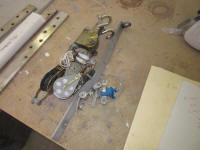
110 Cookson Lane | Whitefield, ME 04353 | 207-232-7600 | tim@lackeysailing.com
Not expecting to proceed with the existing mast, I removed a few pieces of salvageable hardware, made some measurements and a template for later reference when considering other spars, and set the spar aside. Meanwhile, to tie up a loose end, I removed the hardware from the boom so it would be ready for painting and/or hardware replacement later.
The new chainplate core was secure and ready for additional installation steps, but with very warm weather it seemed prudent to wait for fiberglassing till a later time, since there was no immediate rush to complete it.
I spent some time sanding the companionway hatch to prepare it for a second coat of fairing filler on some of the screw holes. I also sanded the spots on the bottom that I'd filled several days ago, and applied a second coat to two or three areas that needed it.
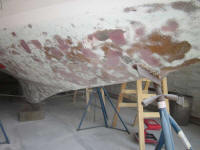
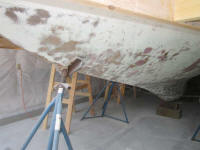
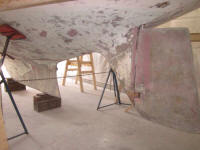
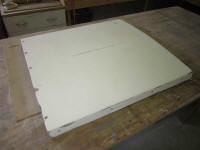
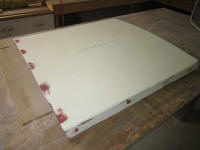
Later in the day, I began preparations for the ports, which were scheduled to arrive in the afternoon. Not wanting to keep the installation template any longer than necessary, I planned to make the hole preparation a priority once the units arrived.
To begin, I worked on some rough layout, beginning on the port side. The remaining (after) openings were essentially in the "proper" position, but my earlier layouts had suggested that the forward ports' locations needed minor manipulation to better align with the after set and the overall shape of the cabin trunk. To do this, I made several layout marks along the length of the cabin trunk to determine its midpoint (vertically), which also happened to align with the centers of the two existing after openings.
After making the marks, I strung a line along the cabin trunk, striking the marks as it went. The green tape is only holding the line in place and des not have any other alignment or layout purpose.
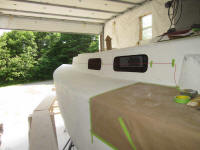
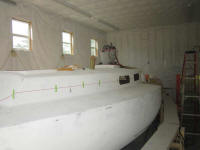
The new line remained centered through the two large openings but was slightly above the centers of the now-filled-in openings for the forward sets of ports, which corresponded with my general impressions of the earlier layout processes that I'd completed with cardboard templates and, after eyeing the line from various positions, this seemed like a good starting point for the remaining layout. Working from this baseline, I'd use templates or, if possible, the trim rings from the actual units to mock up the ports' proposed locations before making any cuts.
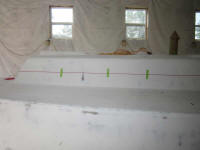
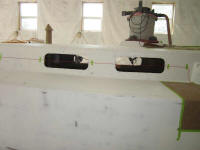
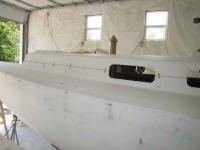
After the new ports arrived, I unpacked the shipping boxes and inspected all eight ports and other components. Apparently I forgot to take pictures of one of the ports, but they all looked very nice and in good condition.
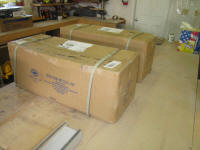
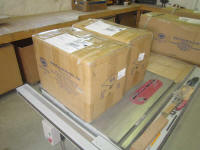
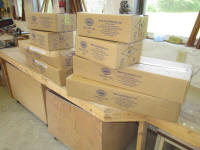
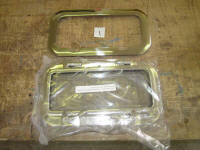

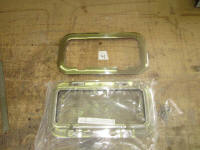
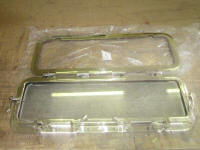
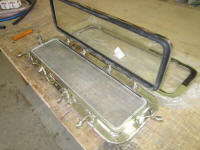
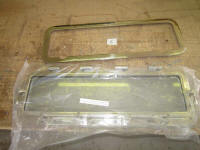
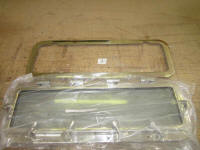
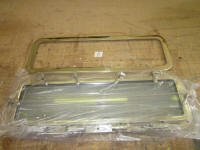
Total Time on This Job Today: 6 hours
